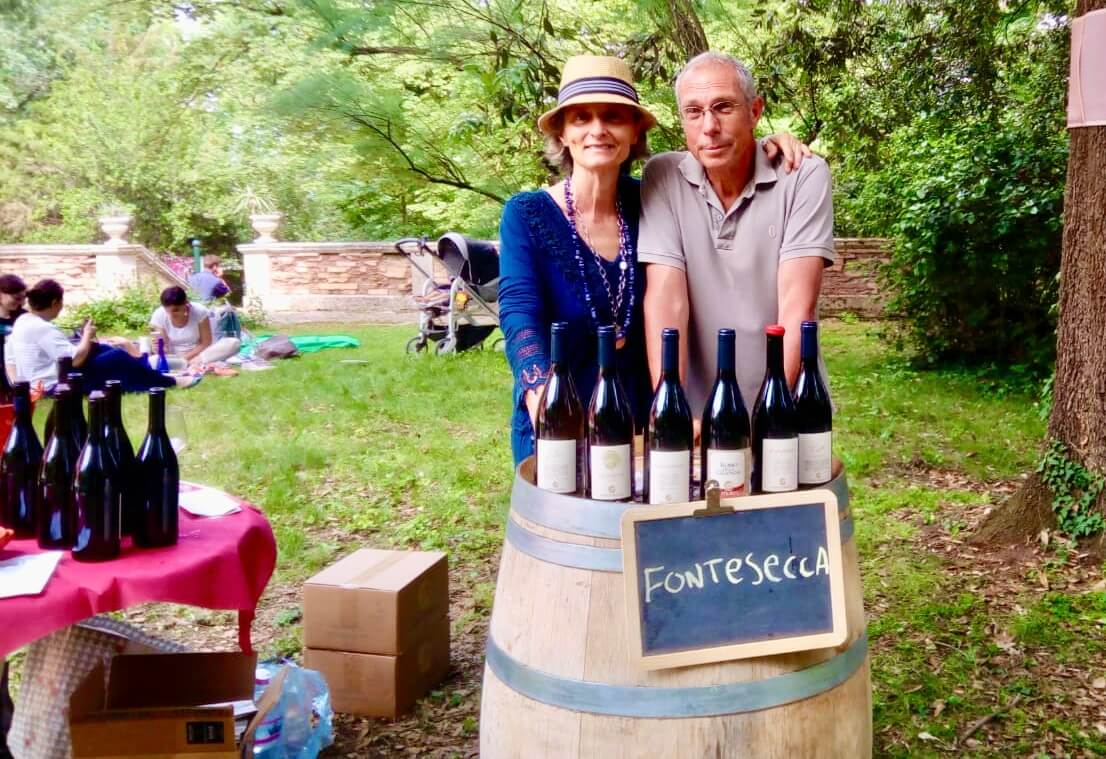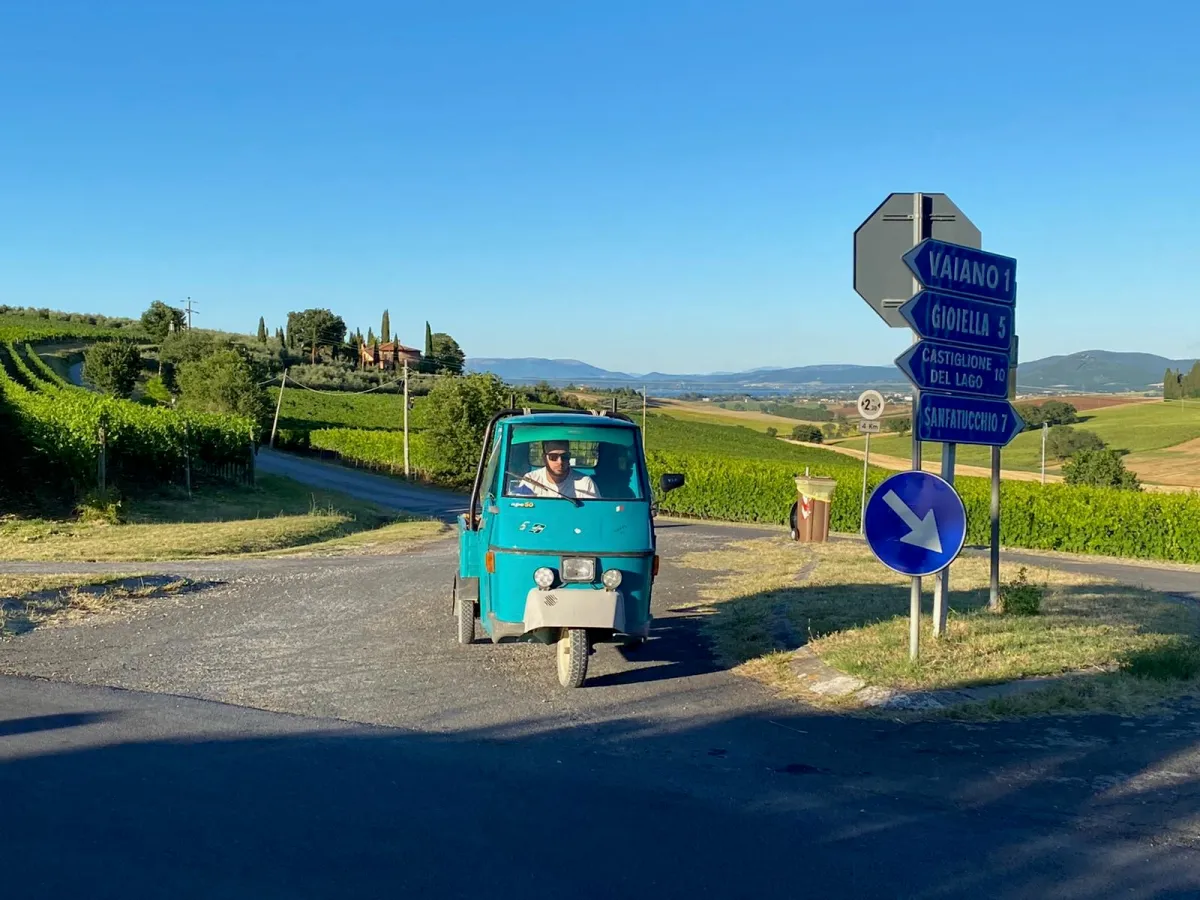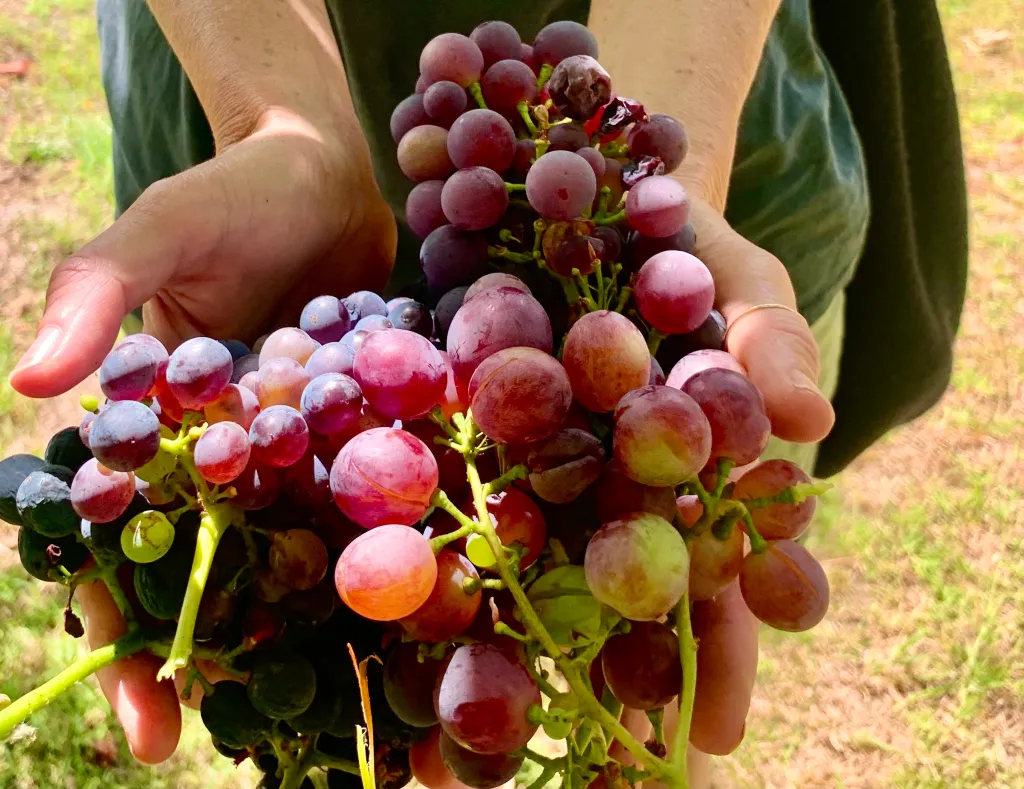
The Gaffe of the ‘Fake’ Gamay
Wine enthusiasts, history buffs, and lovers of a good story, gather round.
Recently, during a wine-tasting at Cantina del Trasimeno Duca della Corgna, I was dished a little dram of history with a delicious glass of Gamay. The goss’? Gamay del Trasimeno, a grape proudly grown in vineyards surrounding Lake Trasimeno, is something of an impostor!
This tale is not so much a story of scandal, however. Rather a Gamay gaffe that’s blended into local wine legend.
A yarn of mistaken identity, a Spanish dowry and ultimately, heroes of the Trasimeno slopes
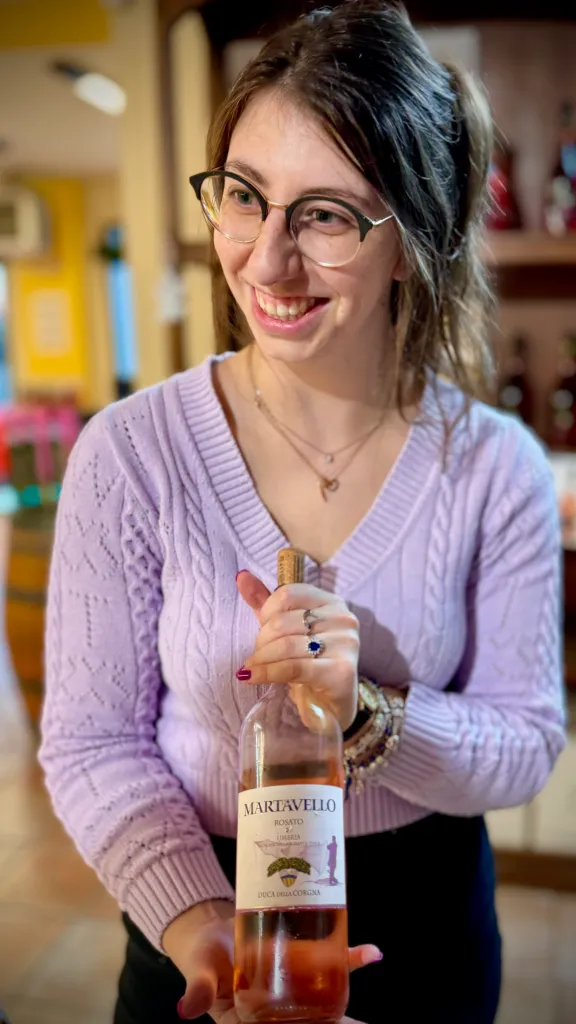
A Sip of history: The Italian Wars and a French Spanish Grape
Our Gamay Gaffe begins long, long ago, in the mid 16th century.
At the time, Italy was a fragmented collection of city-states and principalities – but was also incredibly wealthy and strategically important. Dominating Italy would provide access to economic wealth, trade connections, and influence over neighbouring powers. And France and Spain had been fighting the Italian Wars for control of it for 65-long-years (1494–1559).
Eventually it was the the Habsburgs of Spain that won the final battles. And, with the signing of the Cateau-Cambrésis Treaty, a period of peace, at last, began. The Spanish became the dominant power In Italy for the next 150 years. Unsurprisingly leaving their mark on Italian culture, fashion, etiquette, politics, economics… and somewhat more incidentally, Umbrian wine.
Spain, Politics and a Grape Vine in Renaissance Umbria
Spain’s dominance in central Italy was indirect. Umbria was positioned within the sphere of influence created by Spanish-controlled territories like Naples to the south and Milan to the north.

By the Renaissance, Castiglione del Lago – Lake Trasimeno’s main town – had been integrated into the Duchy of Perugia, a Papal State territory. In 1563, Ascanio della Corgna, in recognition of his loyalty to the Papal States, was officially made the Marquis of Castiglione del Lago, and his family entrusted with governance. The title was later elevated to a duchy under his nephew, Fulvio della Corgna.
Under the della Corgna family, Castiglione del Lago evolved into a prominent administrative and military centre. Its location on the shores of Lake Trasimeno, close to the Tuscan border, made it a critical defensive outpost. A hub for controlling trade routes between Perugia, Florence, and Rome. The della Corgna family transformed Castiglione del Lago, constructing grand fortifications like the Palazzo della Corgna and fostering ties with influential rulers like the Spanish Habsburgs.
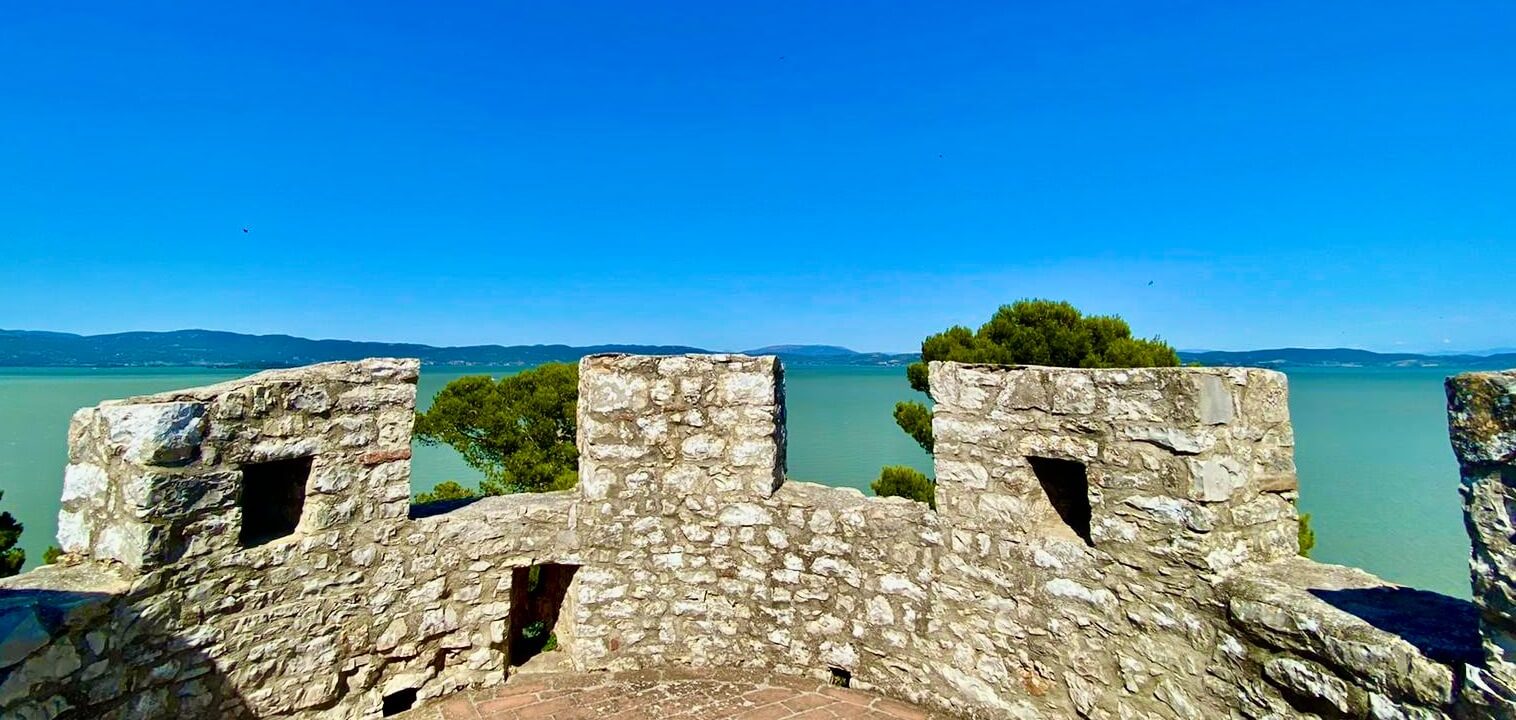
As part of such political strategy, arranged marriages were the norm among nobility. Unions were orchestrated by influential families as part of broader alliances. To enhance power, wealth, and influence for both families. And Umbria was no exception.
Enter stage left, Eleonora Alarcòn y Mendoza, a Spanish noblewoman with a prominent Spanish lineage. A fitting match indeed for Fulvio della Corgna, Duke of Castglione del Lago.
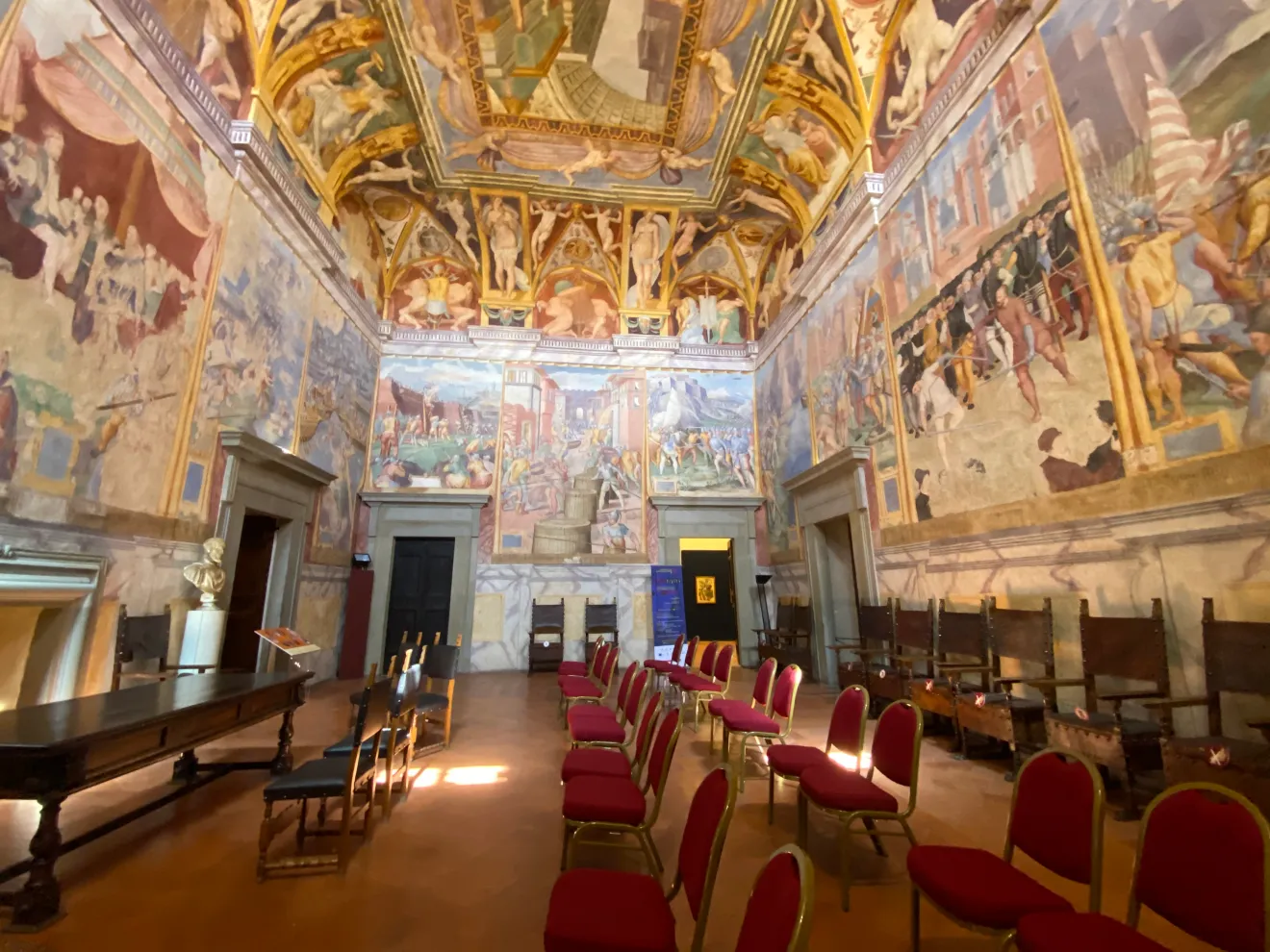
While specific details of their meeting are lost to history, it’s easy to imagine the bustling courts of the time. Filled with diplomatic missions and cultural exchanges, bringing the two together. (Perhaps under a harvest moon). Their marriage was a fusion of Italian and Spanish cultures that would shape the region in unexpected ways. Most notably with the arrival of the grape that would become Gamay del Trasimeno.
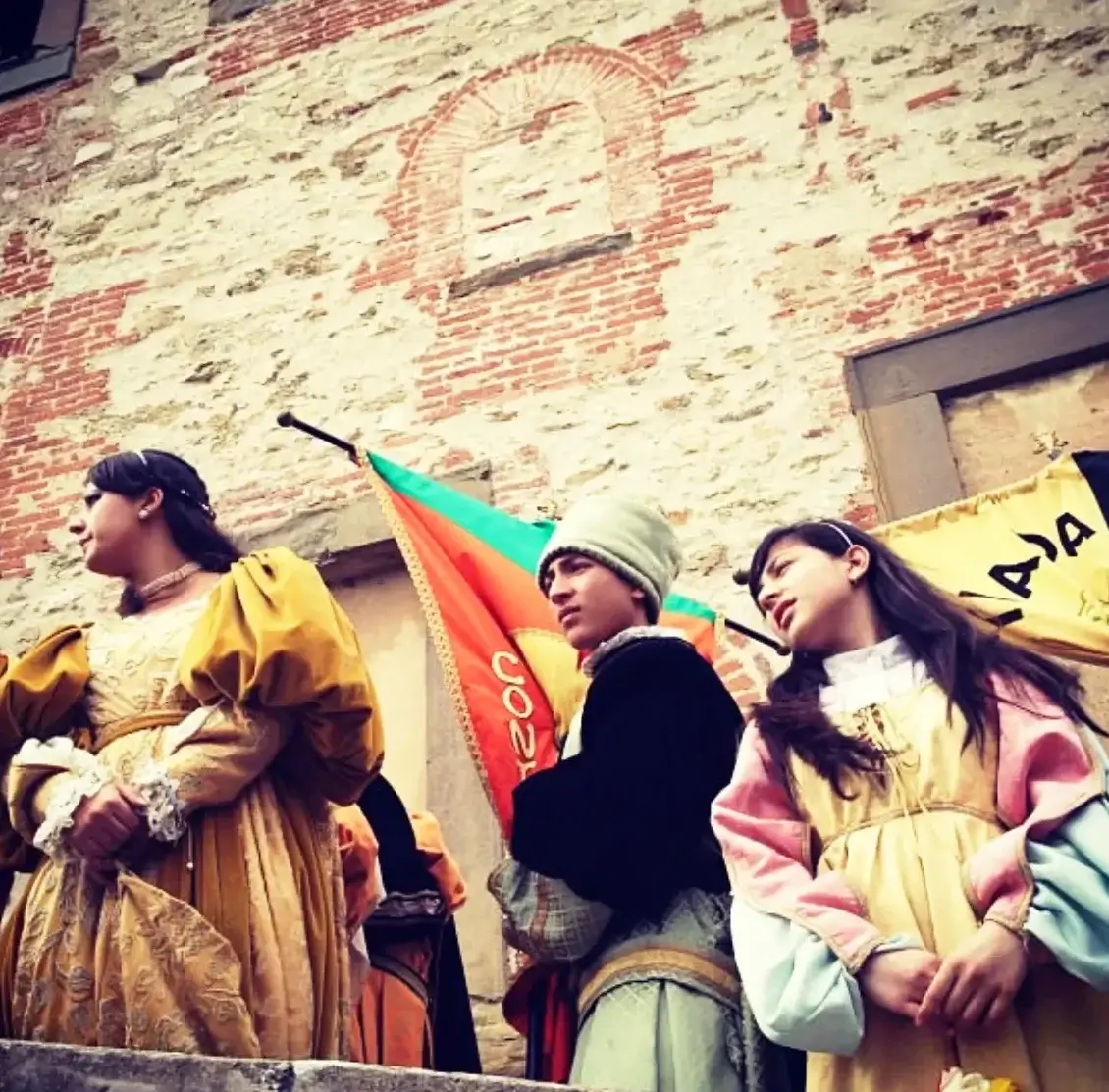
So it was, when Eleonora arrived in Umbria for her marriage to the Duke in 1610, she arrived with a taste for good red wine. Valuable goods, such as grapevine cuttings, were commonly included in dowries. It was a great way to enhance the economic and cultural exchange – and still enjoy your favourite drop. Thus Eleonora had Garnacha (aka Grenache) vines from Spain in tow. Fortunately for her, viticulture was alive and well-established, on the rolling hills of Castiglione del Lago. So, she had her Grenache planted alongside the already-thriving native varieties of Ciliegiolo, Grechetto, and Trebbiano.
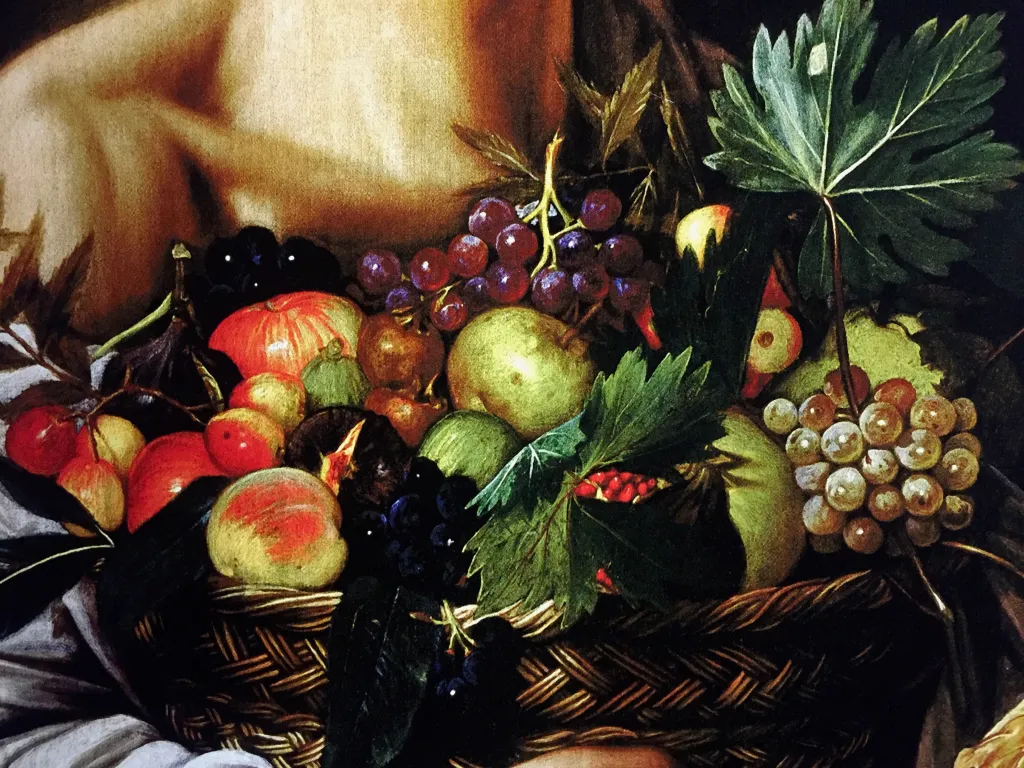
The Gamay mix-up began almost immediately. Eleonora’s Spanish Grenache vines were mistakenly catalogued as Gamay, a French grape from Beaujolais. The most likely explanation for the mix-up is a French viticulture technique – called bush vine (or “gobelet”) training – is used to grow both Gamay and Grenache vines. Essentially, the vines grow as free-standing shrubs, without the support of trellises. Alternatively, in historic Umbrian viticulture the “vite maritata” technique was employed. Vines are trained to climb on trees or stakes. The rest is, quite literally, history. From then on, Eleonora’s Grenache grape was known as “French vineyard” or simply Gamay, a misnomer that stuck for centuries.
Gone, Gone Gamay
By the mid 20th century the Gamay of Trasimeno, despite its historic presence in Umbria, faced decline. The wine industry (like most other industries!) was increasingly prioritising efficiency and mass production. Cultivation of the Trasimeno Gamay, compared to varieties with higher yields, was less viable due to lower productivity and profit. So, while rich in character and deeply connected to the local terroir, it was more labour-intensive delivering smaller harvests. Additionally, the historical confusion with French Gamay created marketing challenges, as it lacked a distinct global identity. All these factors combined and the ancient vines were uprooted, pushing the Trasimeno Gamay vines to near extinction.
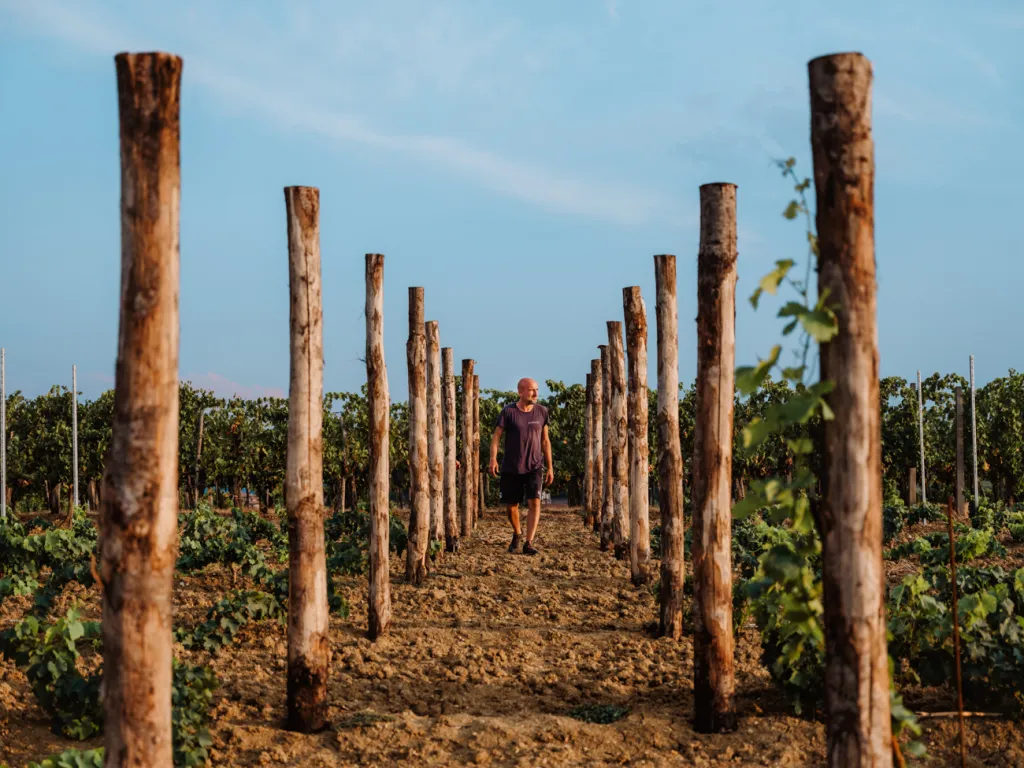
Saving the Trasimeno Gamay
At the 11th hour, passionate local winemakers such as Cantina Duca della Corgna, and Madrevite played pivotal roles in saving the grape. The Cantina adopted the historic noble Della Corgna family’s coat of arms, sparking a renewed pride in the region’s viticultural heritage. By preserving and promoting Gamay del Trasimeno as a flagship of the Colli del Trasimeno DOC, the cooperative helped prevent its extinction. Modern wineries then took up the mantle. Visionaries like Nicola Chiucchiurlotto of Madrevite who, inspired by his grandfather’s rustic winemaking, began replanting old vineyards, preserving ancient vines, and experimenting with organic and sustainable practices. Nicola saved his family’s old Gamay vines from extinction, nurturing them into thriving vineyards. Embracing the grape’s unique qualities and crafting wines that celebrate its distinct character and connection to the Trasimeno terroir.
All these efforts have been instrumental in safeguarding the variety and reclaiming its place in Umbrian viticulture.Through years of research, careful selection, and a commitment to authenticity, these producers turned the “wrongly named” grape into a celebrated flagship of the Colli del Trasimeno DOC.
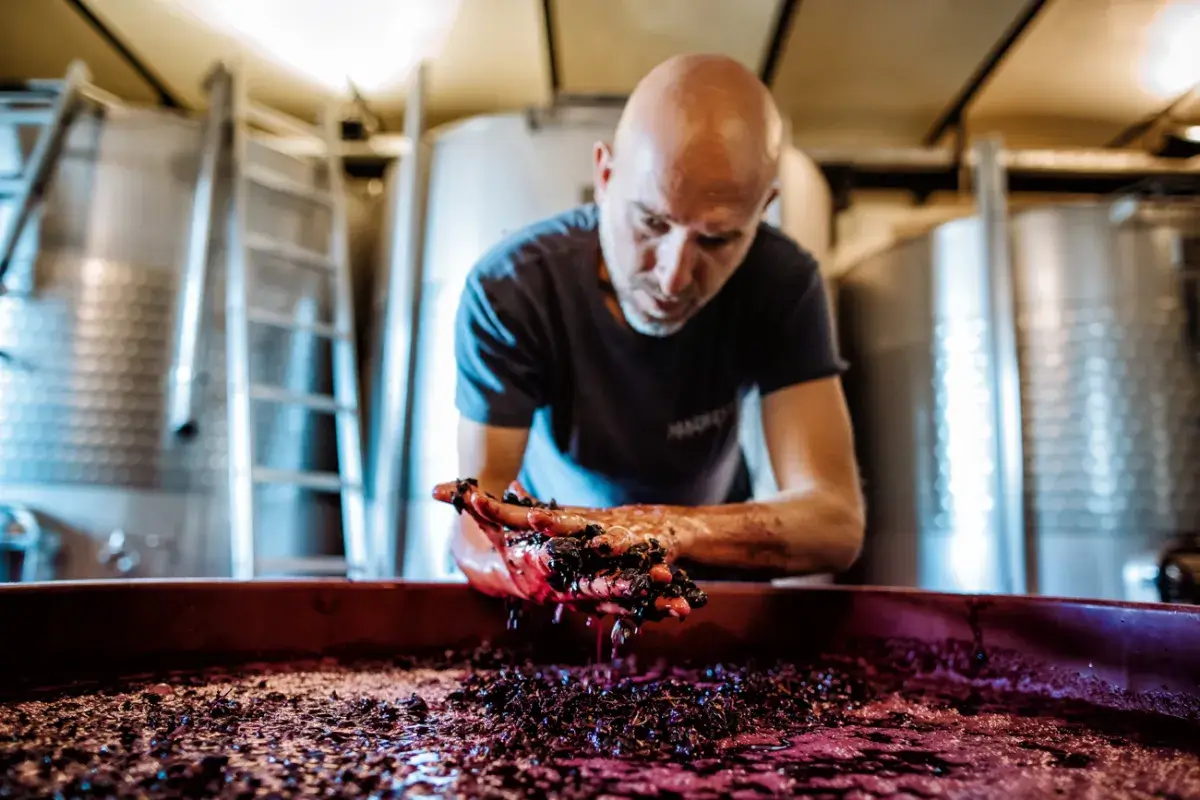
Why We Love the “Fake Gamay”
The truth: Trasimeno Gamay isn’t Gamay at all, it’s a Grenache, Garnacha in Spain, Cannonau in Sardinia, and Tai Rosso in Veneto. Not French? Doesn’t matter. Misnamed? Even better. This Grenache variety revels in its mixed heritage. In the glass, it’s a bright ruby, with garnet and violet hues. Take a sip, and you’ll meet ripe raspberries, black cherries, and the occasional whisper of cocoa. Pair it with Umbrian delights—wild boar ragù, pork sausages, or rich truffle pasta. Let the wine’s silky tannins and lakeside minerality shine.
Trasimeno Gamay isn’t trying to compete with the regal Sangiovese or the heady Syrah of neighbouring Tuscany. Instead, it invites you into its world—a little mischievous, deeply rooted in its community, and utterly drinkable. So, next time you’re wandering the breathtaking shores of Lake Trasimeno in Umbria, raise a glass to history’s happy accidents. Cheers to the “wrong” grape that eventually got it right.
Who needs to get drunk on facts when the myth is so much tastier?
For more about the Vineyards of Trasimeno please read here

